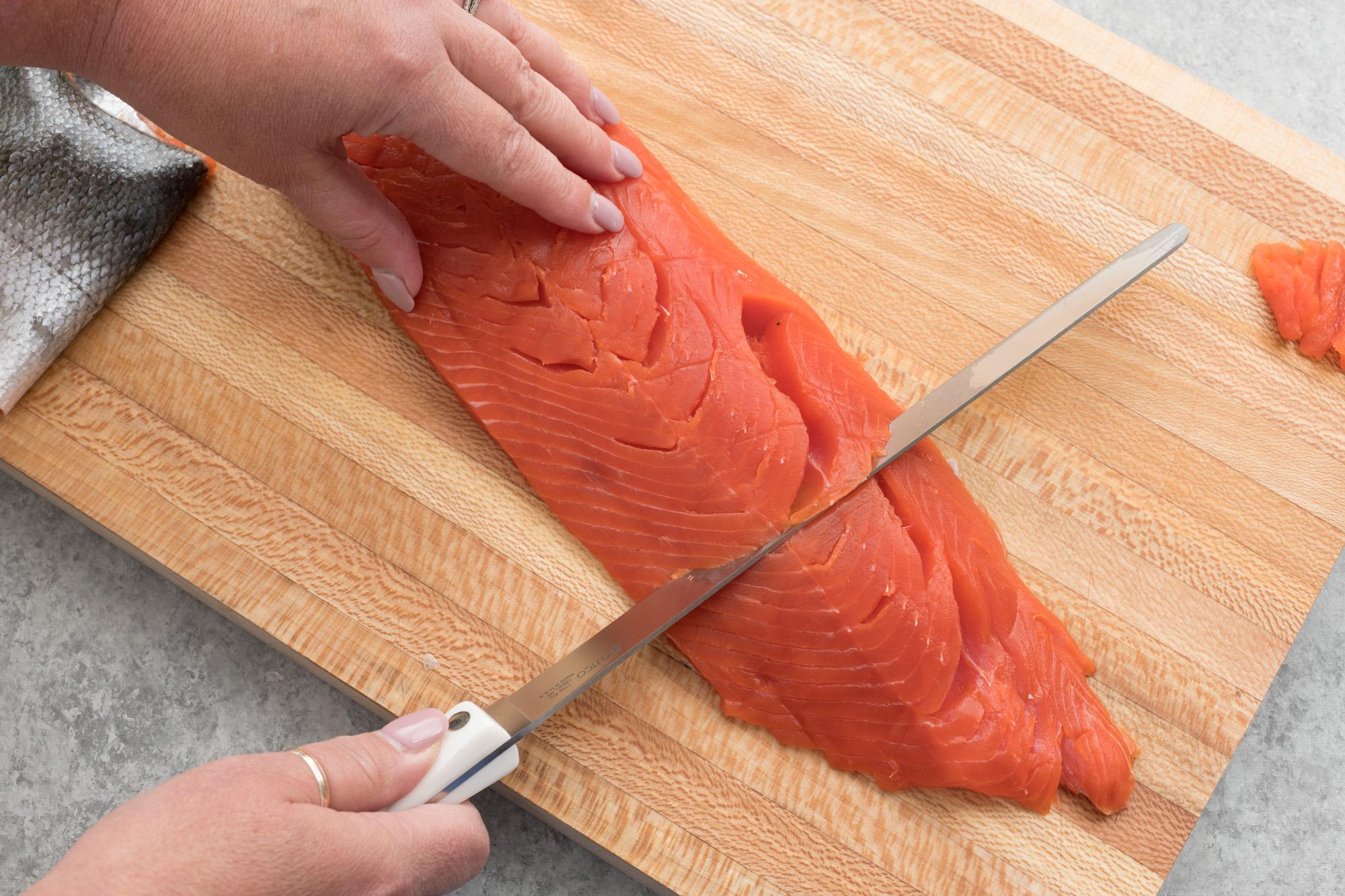How to Properly Use a Knife to Cut Food: Tips for Barbecue Enthusiasts
Written By James Morgan
Whether you're a seasoned grill master or an enthusiastic novice, knowing how to properly use a knife to cut food can significantly improve your barbecue experience. Not only does it enhance safety, but it also ensures you get precise cuts, whether you're slicing meat or dicing vegetables.

Why Knife Skills Are Crucial for Barbecue Enthusiasts
Good knife skills are at the heart of great barbecue techniques. A poorly cut piece of meat or vegetable can result in uneven cooking, affecting the overall taste and texture. Plus, mastering knife techniques can make food preparation more efficient, giving you more time to enjoy the grilling process.
Selecting the Right Knife
The first step in learning how to properly use a knife to cut food is choosing the right knife for the job. For barbecue, essential knives include a chef's knife, a serrated knife, and a boning knife. Each has its unique uses and advantages:
- Chef's Knife: Ideal for general chopping, dicing, and slicing.
- Serrated Knife: Great for cutting through tough surfaces like bread or tomatoes.
- Boning Knife: Perfect for removing bones from meat.
Knife Safety 101
Safety is paramount when handling any knife. Here are some essential tips:
- Always cut away from your body.
- Ensure you're using a sharp knife; a dull knife requires more force and can slip.
- Keep your fingers tucked in and use a claw grip.

Proper Cutting Techniques
Once you have the right knife and understand the basics of safety, it's time to dive into the techniques. Here are some essential tips to master:
The Rocking Motion
The rocking motion is a fundamental technique for using a chef's knife. Start by placing the tip of the knife on the cutting board and rocking the blade back and forth. This allows for quick and efficient slicing.
Slicing Meat
For barbecue enthusiasts, knowing how to slice meat properly is crucial. Always cut against the grain to ensure tender slices. For more tips, check out our guide on how to cut meat.
Dicing Vegetables
Dicing vegetables evenly ensures they cook uniformly. The key is to start with a stable base, usually by cutting a thin slice off to create a flat surface.

Advanced Knife Skills
Deboning Meat
Using a boning knife takes practice but is essential for those serious about barbecue. Keeping the knife as close to the bone as possible will minimize wastage.
Julienne and Chiffonade
For those looking to add a touch of finesse to their grill presentations, mastering the julienne and chiffonade cuts can add that extra flair. While julienne involves slicing vegetables into thin strips, chiffonade is perfect for leafy greens and herbs.

Maintaining Your Knives
Proper knife care is essential for longevity and performance. Always hand wash your knives and dry them immediately to prevent rust. Regularly sharpen your knives to ensure they stay effective in the kitchen.
For a more comprehensive look at knife maintenance, visit The Spruce Eats.
Common Mistakes to Avoid
Avoiding common mistakes can dramatically improve your knife skills:
- Using the wrong knife for the task.
- Not keeping your knife sharp.
- Improper grip techniques.
Conclusion
Mastering how to properly use a knife to cut food can transform your barbecue experience. By selecting the right knife, practicing proper techniques, and maintaining your tools, you ensure a safer and more efficient cooking process, leading to delectable results every time.
FAQs
What knife is best for slicing brisket?
A well-maintained, sharp slicing knife or a chef's knife is ideal for slicing brisket. Ensure it's long enough to go through the entire piece of meat.
Can I use the same knife for vegetables and raw meat?
It's best to use separate knives to prevent cross-contamination. If you must use the same knife, thoroughly wash and sanitize it between different cutting tasks.
How often should I sharpen my knives?
Frequency depends on usage. Regularly used knives should be sharpened every few months. Use a honing rod between sharpening sessions to maintain the edge.
As an Amazon Associate, I earn from qualifying purchases.



